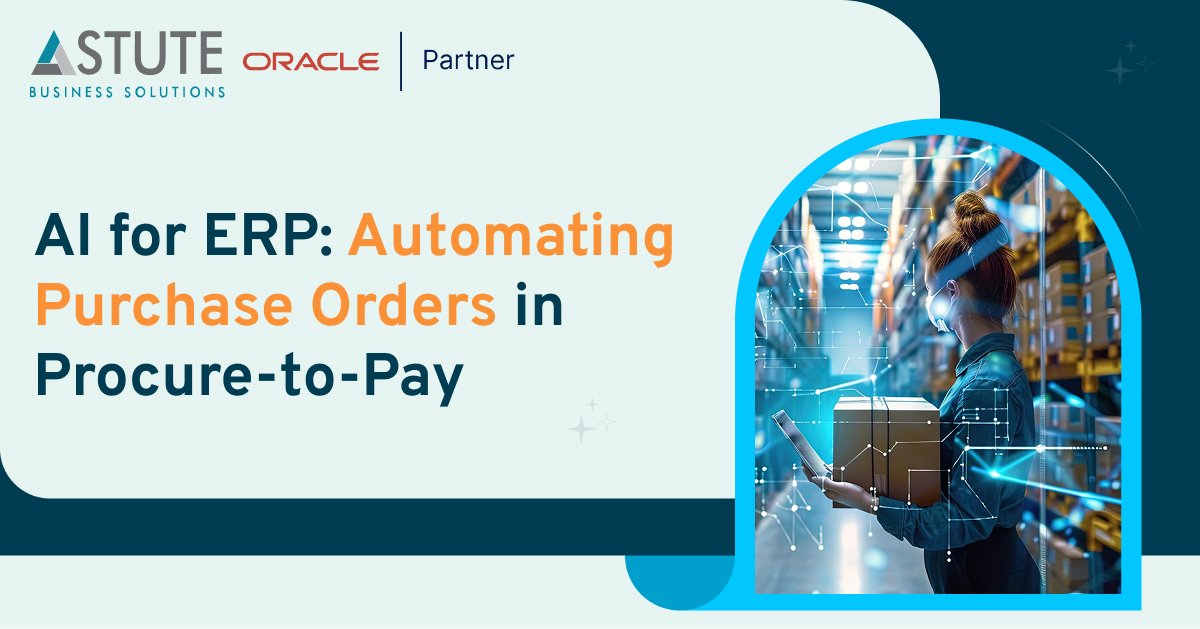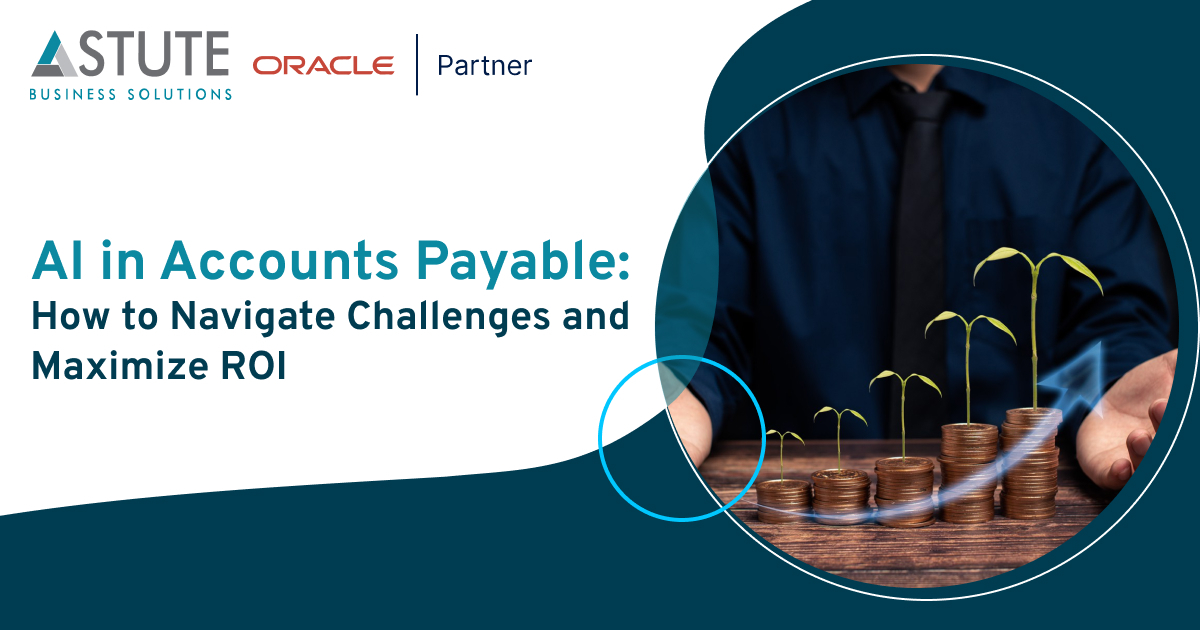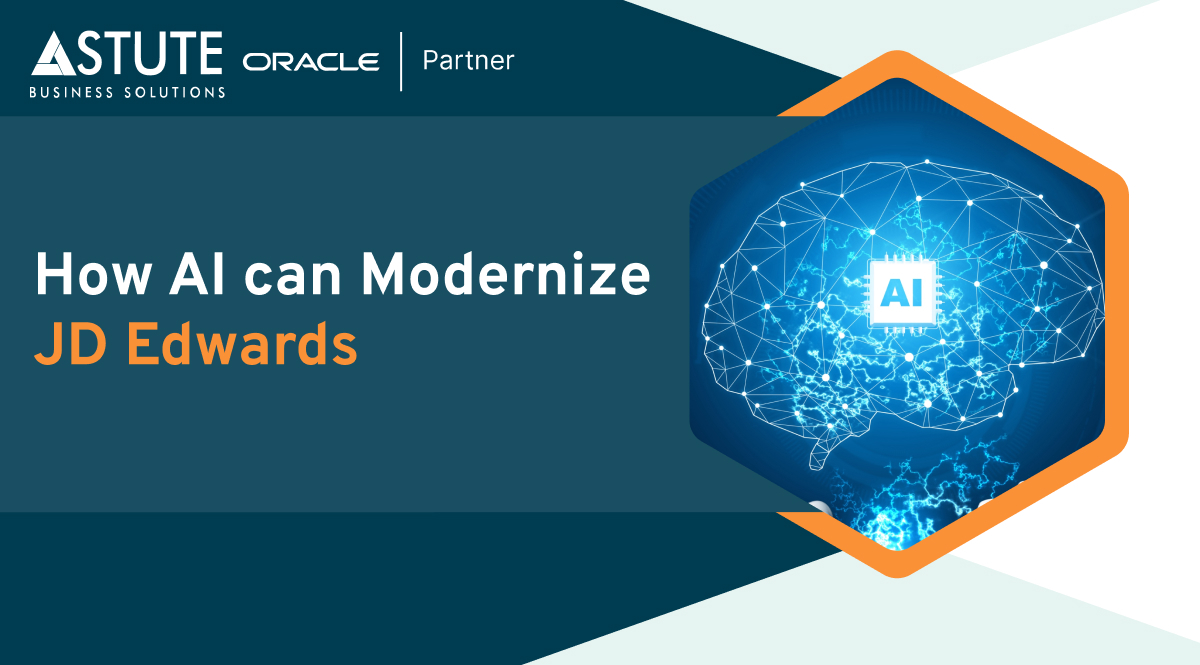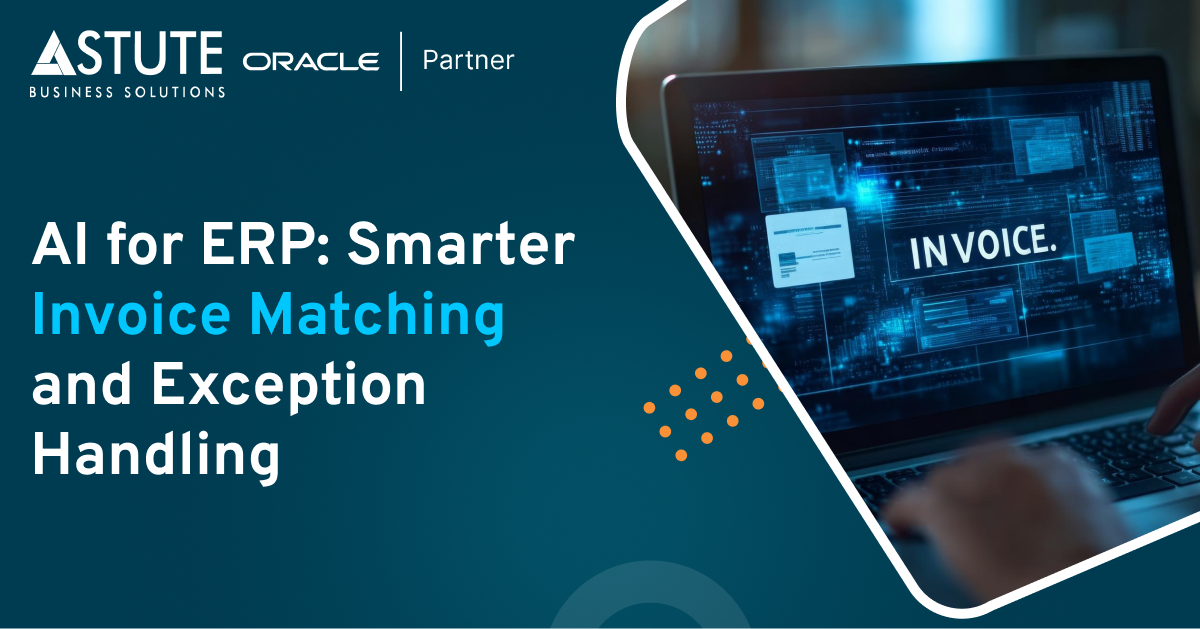AI for ERP: Automating Purchase Requisitions in Procure-to-Pay
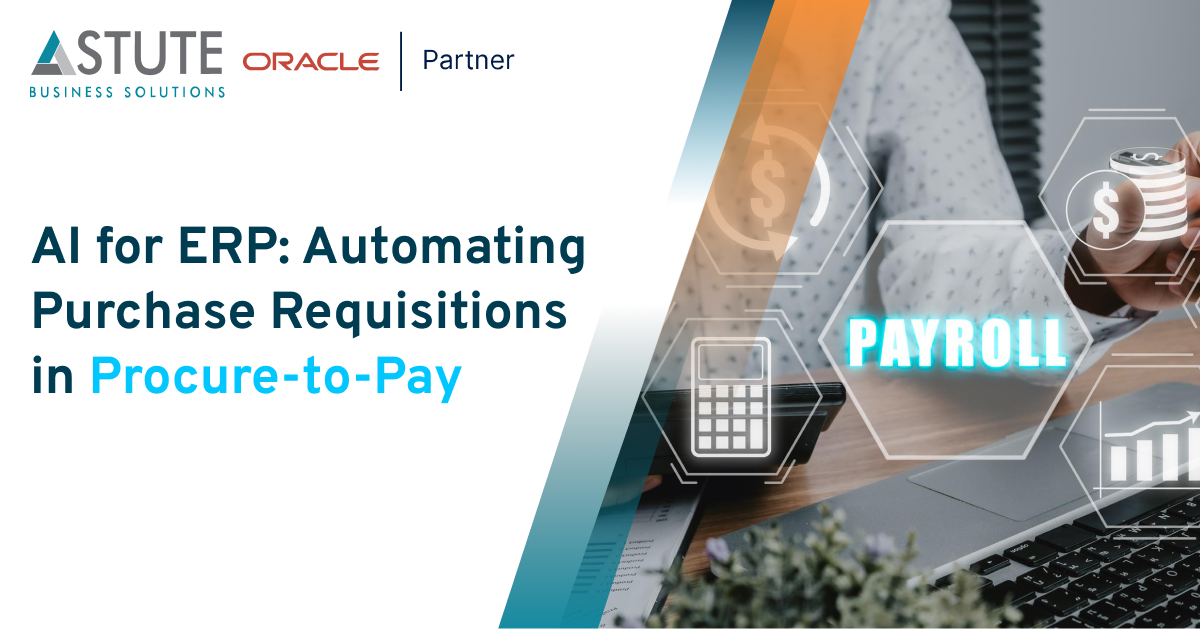
Table of Contents
In the Procure-to-Pay (P2P) or Source-to-Settle lifecycle, purchase requisition creation often looks simple on paper but is one of the biggest hidden bottlenecks in enterprise procurement. Employees struggle with confusing forms, procurement teams spend hours correcting errors, and managers wait too long for approvals. The result is slower supplier engagement, late deliveries, and growing frustration across the business.
That’s why forward-thinking organizations are now looking at AI agents for requisition creation, not as a future experiment, but as a practical way to remove friction today.
The Problems with Traditional Requisitions
Despite ERP investments, most requisition processes still rely on manual effort. Here are the common pain points procurement leaders know all too well:
1. Manual Data Entry
Employees copy and paste item descriptions from emails, spreadsheets, or vendor catalogs. This leads to typos, missing fields, and inconsistent data that cause confusion downstream.
2. Policy Misalignment
Requisitions often come with wrong category codes, incorrect cost centers, or budgets that don’t exist. Procurement has to send them back for corrections, wasting days.
3. Approval Delays
Even when a requisition is accurate, it may be routed to the wrong manager or lack proper context. Approvers spend time deciphering requests, which slows the buying cycle.
4. Low Visibility
Requisitions that are incomplete or misrouted sit idle in queues. Procurement teams lack visibility into what’s waiting, leaving them unable to plan sourcing or engage suppliers effectively.
These issues are more than operational headaches. They ripple outward, leading to missed savings opportunities, disrupted supply chains, and lower stakeholder confidence in procurement as a business partner.
How AI Agents Transform Requisition Creation
AI agents are designed to remove these inefficiencies by making requisition creation conversational, compliant, and context-aware. Instead of wrestling with rigid forms, employees interact with the system in a natural, intuitive way.
Conversational Capture
Employees can simply describe their needs in plain language, through a chat interface or even voice. For example:
- “I need 25 ergonomic chairs for the new office.”
- “Order printer cartridges for the finance team.”
The AI agent extracts key fields automatically: item description, category, supplier, quantity, cost center, and estimated spend. This eliminates the manual copy-paste process and ensures all required details are captured from the start.
Policy-Aware Validation
Behind the scenes, a policy validation agent uses retrieval-augmented generation (RAG) and corporate knowledge bases to ensure accuracy. It checks whether the spend fits within approved budgets, whether the item matches the right category code, and whether thresholds require extra approvals. If something is off, the AI flags it instantly, prompting the requester to adjust before submission.
This real-time validation dramatically reduces the rework that typically clogs procurement pipelines.
Smart Approvals
AI also improves the approval process. Instead of sending long requisition forms, the approval agent generates a concise summary:
- Item: 25 ergonomic chairs
- Supplier: Preferred vendor ABC
- Cost: $4,500, within office budget
- Policy check: Passed
Managers receive these one-page summaries with simple one-click options to approve or reject. Routing rules are automatically applied, ensuring the request reaches the right stakeholders without delay.
Audit-Ready Trail
Finally, every step of the requisition, from initial capture to validation and approval, is logged by an audit agent. Procurement teams gain full visibility and can generate compliance reports instantly. This makes audits less stressful and builds trust with finance, suppliers, and regulators.
High-Level Agentic AI Workflow
The agentic approach to requisition automation can be broken down into four core roles:
- Capture Agent – Provides the conversational interface to collect requisition details in natural language.
- Validation Agent – Applies corporate policies, budgets, and category codes in real time.
- Approval Agent – Routes requisitions intelligently, creates summaries, and simplifies decision-making.
- Audit Agent – Maintains a secure, traceable log of every action for compliance and analytics.
This modular workflow means organizations can start small, perhaps with conversational capture, and gradually expand into full agentic automation as comfort grows.
Tangible Benefits of AI-Powered Requisitions
When enterprises replace manual requisition creation with AI-driven workflows, the benefits are immediate and measurable:
- Cycle Times Shrink: Requests that once took days to prepare, correct, and approve can be completed in minutes.
- Procurement Efficiency Rises: Teams spend less time fixing errors and more time negotiating contracts or identifying savings.
- Employee Experience Improves: Business users no longer dread filling out requisitions; they simply describe what they need.
- Compliance Strengthens: Policy misalignments are caught early, reducing audit risk.
- Visibility Increases: Procurement leaders gain a live view of requisition pipelines and bottlenecks.
A Practical Example
Consider a manufacturing company with multiple plants. Traditionally, each site sends procurement requests through email attachments or ERP forms. Half of them are missing cost center codes or exceed budget without justification. Procurement staff spend hours chasing clarifications.
With AI agents in place:
- Plant managers speak into their mobile device: “Order 100 safety helmets for Plant A, vendor XYZ.”
- The capture agent records the request and fills in all fields.
- The validation agent checks budgets and policies, confirming helmets are approved PPE items within safety budgets.
- The approval agent summarizes the requisition and routes it to the operations director.
- Within five minutes, the requisition is approved, logged, and visible to procurement for supplier engagement.
The process that once consumed three to five days is now resolved in under an hour.
Why This Matters for the Future of Procurement
Procurement is under pressure to deliver value faster while ensuring compliance and controlling spend. Traditional requisition processes simply can’t keep up. By adopting AI agents, enterprises can:
- Scale without adding headcount: Handle more requests with fewer errors.
- Align procurement with business users: Make requisitioning simple, intuitive, and fast.
- Strengthen trust in ERP systems: Users see ERP not as a burden but as a helpful assistant.
As organizations modernize their ERP environments, automating requisitions is a logical first step. It addresses a clear pain point, delivers fast ROI, and builds confidence for broader AI adoption across the Procure-to-Pay lifecycle.
Conclusion
AI-powered purchase requisition creation isn’t just a convenience, it’s a competitive advantage. By combining conversational interfaces, real-time policy validation, intelligent approvals, and audit-ready trails, enterprises can eliminate one of procurement’s most persistent bottlenecks.
The outcome is clear: requisition cycle times reduced from days to minutes, procurement efficiency boosted, and employees empowered to get what they need without friction. In an era where speed and compliance are equally critical, AI agents make the Procure-to-Pay process both faster and smarter.
Arvind Rajan is Co-Founder and CEO of Astute Business Solutions. He is leading the expansion of Astute services to include Cloud Managed Services, Disaster Recovery on Cloud, and Integration and Process Automation using Platform Cloud Services.
Search
Tags
Related Posts
Subscribe Our Newsletter
Gain access to exclusive insights, technical know-how and crucial knowledge from Astute experts.
Share Article
See The Team In Action
Upcoming Events
Reach Out
